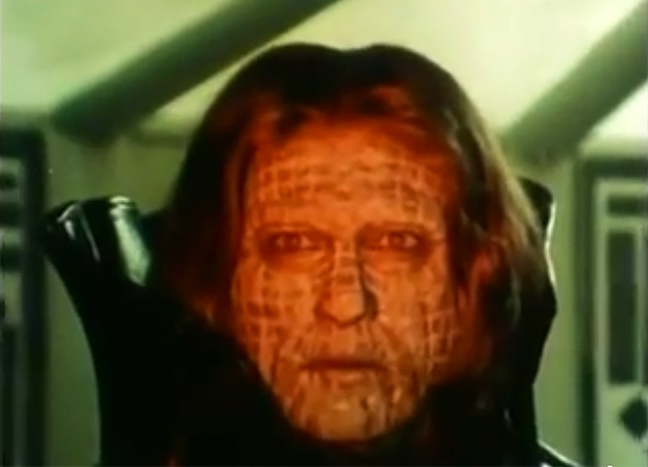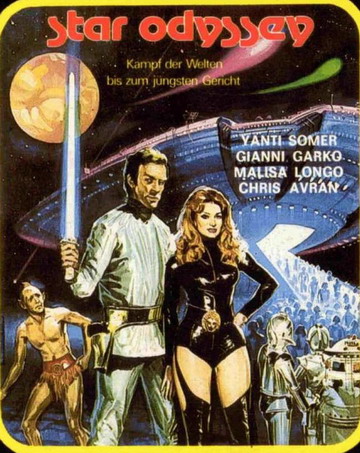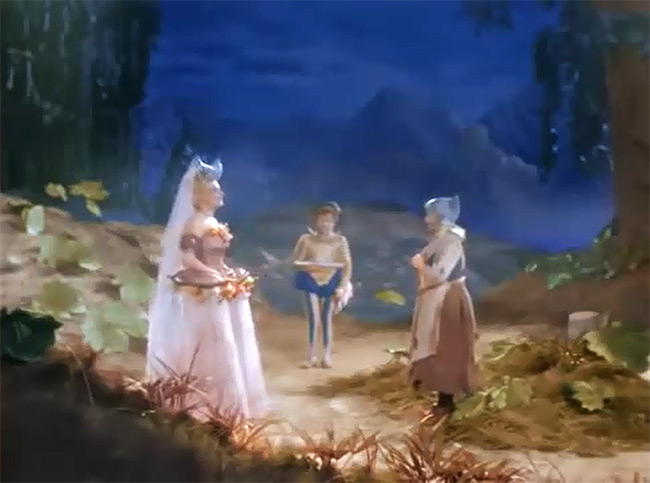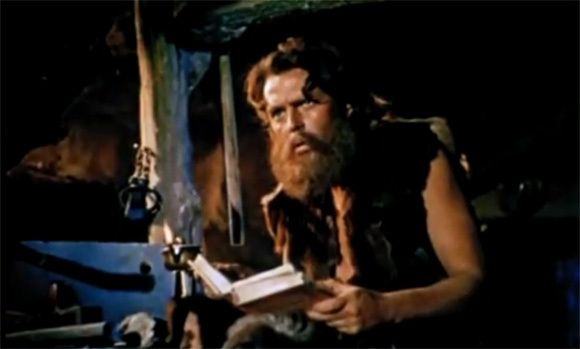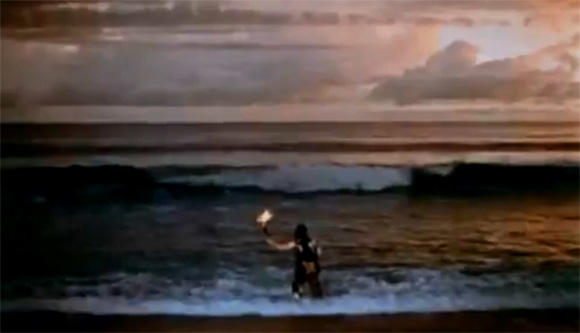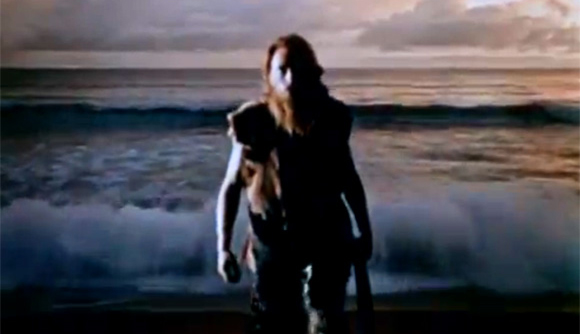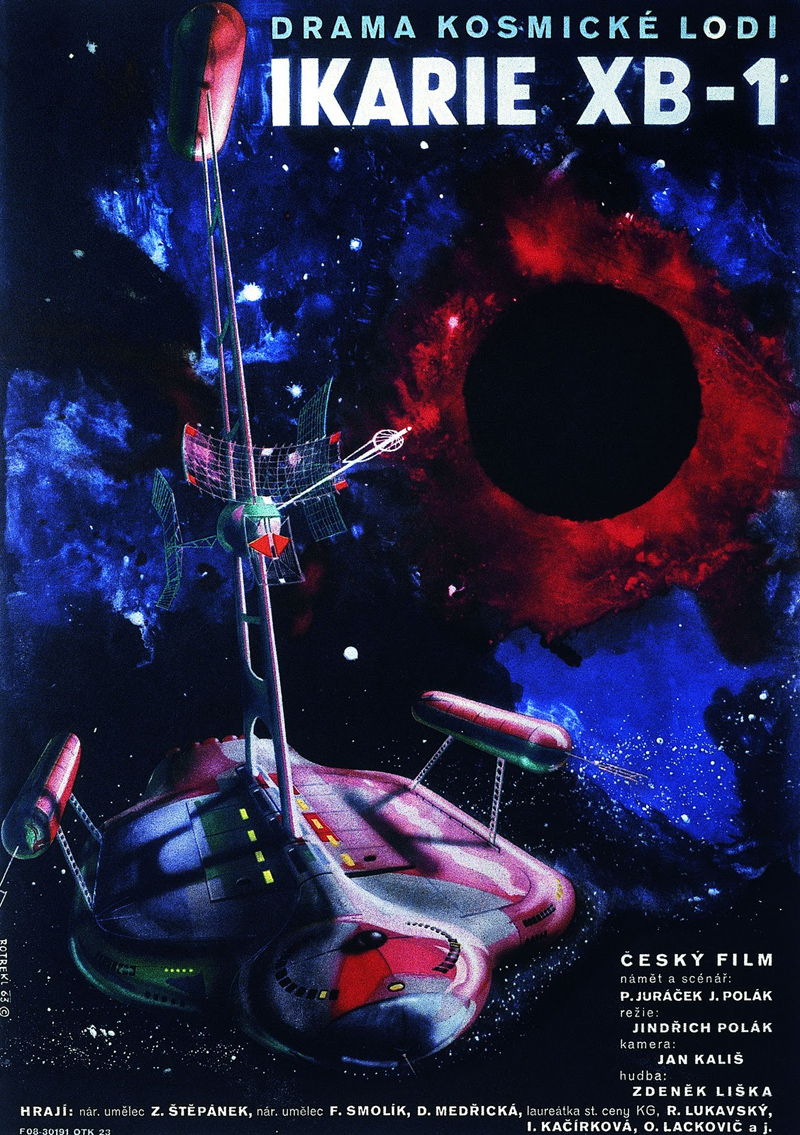Hopefully, you have never seen ‘Star Odyssey,’ also known as ‘the Italian Star Wars.’
Now is your chance! It’s a full immersion into cinema of the ludicrous. For your convenience, it’s dubbed into English. Beware though, you will never look at science fiction the same way again after subjecting yourself to this assault.
One can only hope that at least the actors might have had some fun making this, but unfortunately most of them appear to be thinking about the food truck instead of their lines.
Its awful history goes back to 1978, barely a year after the real Star Wars was released. Its unforgivable direction is credited to one Alfonso Brescia, heaven rest his soul.
The primary achievements of this interstellar fiasco appear to be robots constructed from trash cans and light sabers fashioned out of painted plywood.
Enjoy this Italian treat in the comfort of a nice quiet insane asylum.
